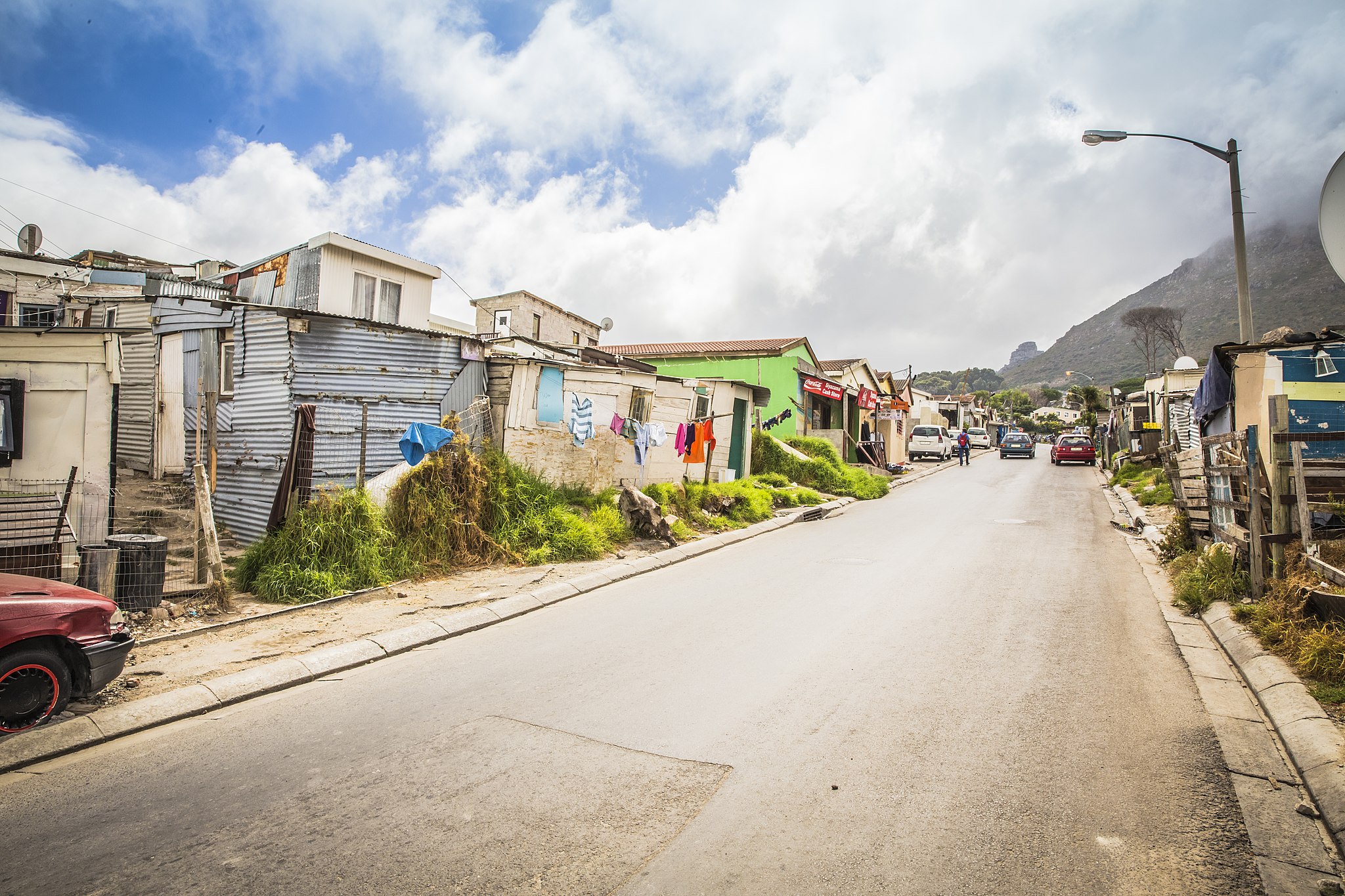

Soweto is a city of enterprise and cultural interaction. Soweto is inhabited by over two million people, with homes ranging from extravagant mansions to makeshift shacks. The name Soweto is an acronym, made up - in apartheid days - from the first letters of the words “south western township”.

Most of the struggle against apartheid was fought in and from Soweto. The tourism industry is one of the key industries in South Africa, the number of tourists visiting the country surpassing 16 million people in 2017 and ever growing.South of Johannesburg is Soweto, a city developed as a township for black people under the apartheid system. The services sector contributes the highest share to GDP of South Africa, whereas the industry sector accounts for almost 30 percent.

After that, GDP picked up and is now estimated to reach a 2.2 percent growth rate by 2020. The GDP growth rate greatly fluctuates, reaching its lowest point in 2016, with only a 0.28 percent increase from 2015. Due to various groups of people constituting different ethnic groups, South Africa has 11 official languages. The state does not have one single capital city, but three different cities acingt as capitals: Pretoria as the administrative capital, Cape Town as the legislative capital, and Bloemfontein as the judicial capital. The largest municipality in the country is the city of Johannesburg with a population of approximately 5 million people, followed by the city of Cape Town. Nowadays, South Africa is a parliamentary republic divided into nine provinces. Since 1994, when the first multi-racial elections occurred, all ethnic groups have acquired political representation in the state’s democracy.


 0 kommentar(er)
0 kommentar(er)
